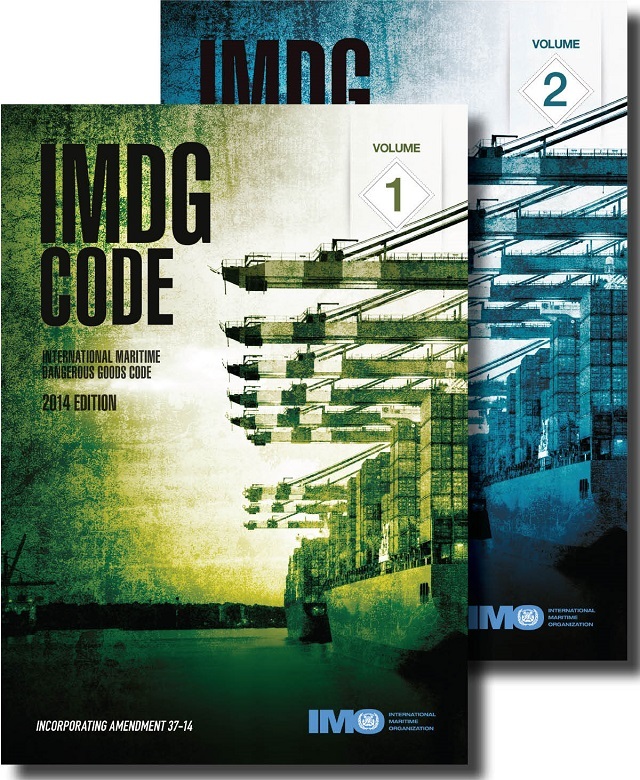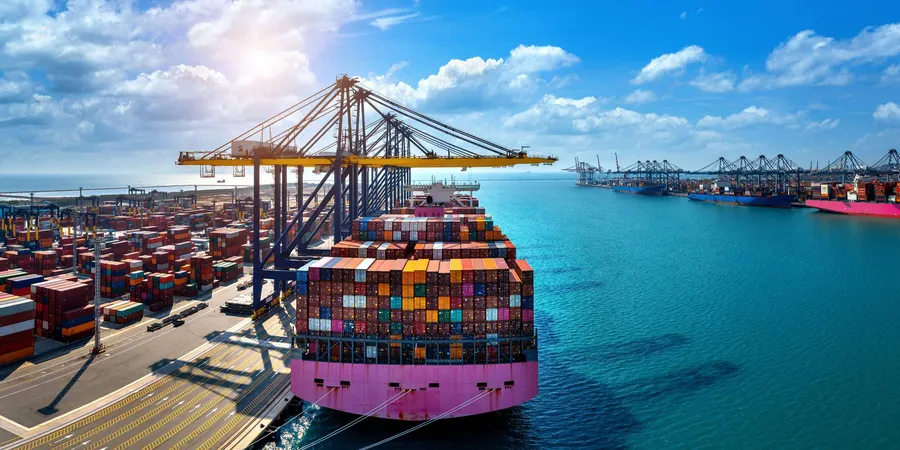What is International Maritime Dangerous Goods Code (IMDG)?
The International Maritime Dangerous Goods or IMDG Code was adopted in 1965 as per the SOLAS (Safety for Life at Sea) Convention of 1960 under the IMO. The IMDG Code was formed to prevent all types of pollutions at sea.
The IMDG code also ensures that the goods transported through seaways are packaged in such a way that they can be safely transported. The dangerous goods code is a uniform code. This means that the code is applicable to all cargo-carrying ships around the world.
What Is IMDG CODE?
The dangerous goods code has been created as per the recommendations of the United Nations’ panel of experts on transportation of hazardous goods along with the IMO (International Maritime Organisation). This proposal by the UN was presented as a report in the year 1956 after which the IMO IMDG Code was started to be drafted in the year 1961.
Since marine transportation has undergone a lot of development and changes, it becomes essential that the code also keeps up with the changes. This is why there have been constant amendments to the IMDG code. The amendments are proposed every two years, and the adoption of the amendments takes place after two years of the proposal by the concerned authorities. The amendments are proposed in this manner:
- The countries that are members of the IMO present the required proposal
- The UN’s expert panel then views and decides what proposals merit immediate attention in the upcoming amendment
Shipping Dangerous Cargo
Shipping dangerous goods is a very tricky business. This is why to avoid complications or problems while categorizing the aspect and level of danger; there is a set of classification for dangerous goods. There are nine clauses in which the dangerous goods are classified. The dangerous goods labels and dangerous goods certificate for the cargo are issued as per the nine clauses which are explained as follows:
- Classification 1 is for explosives. The same classification has six sub-divisions for materials which pose a high explosive risk, low explosive risk, to name a few
- Classification 2 is for gases. This clause has three sub-categories that talk about gases that are highly inflammable, that are not inflammable and gases that neither inflammable nor toxic
- Classification 3 is for liquids and has no sub-divisions
- Classification 4 is for solids. There are three sub-categories that deal with highly combustible solids, self-reactive solids and solids that when interact with water could emit toxic gases
- Classification 5 is for substances that have the chances of oxidisation
- Classification 6 is for all kinds of substances that are toxic and that could prove to be infective
- Classification 7 is specifically for materials that are radioactive
- Classification 8 is for materials that face the threat of corrosion and erosion
- Classification 9 is for those substances that cannot be classified under any of the above heads but still are dangerous goods
Importance of IMDG Code for seafarers
All the crew members engaged on a ship and involved directly with dangerous cargo carried on the ship must undergo dangerous goods course, which is based on STCW requirements and prepared as per IMO guidance. There are several shore-based training centres which offer dangerous goods training to handle the IMDG cargo on a ship. Following are important points, which a seafarer must understand under IMDG code:
- The seafarer should be able to classify dangerous goods and identify the shipping names of dangerous goods.
- He/she should know how the particular IMDG cargo should be packed
- He should understand different types of markings, labels or placards used to address various dangerous goods
- Must know safe practice to load/unload the cargo unit carrying the IMDG product
- The seafarer should understand the transport documents used for dangerous goods
- How to handle the dangerous goods when the ship is under voyage
- Inspector conduct a survey, if needed, to comply with applicable rules and regulations
- To know the best procedure to contain and fight a fire involving dangerous goods carried on ship
- To prepare dangerous goods loading/stowage plans considering ship stability, safety and emergency preparedness during an unfortunate incident.
- Understand the importance of correct dangerous goods declaration for port authorities and land transit purpose
At present, the reach of the IMDG Code extends to about 150 countries around the world with around 98% ships following the requirements of the code. This figure helps us to understand the effectiveness of the code with respect to shipping dangerous goods across the oceans and the marine life-forms that exist therein.
Reference: Marine Insight





